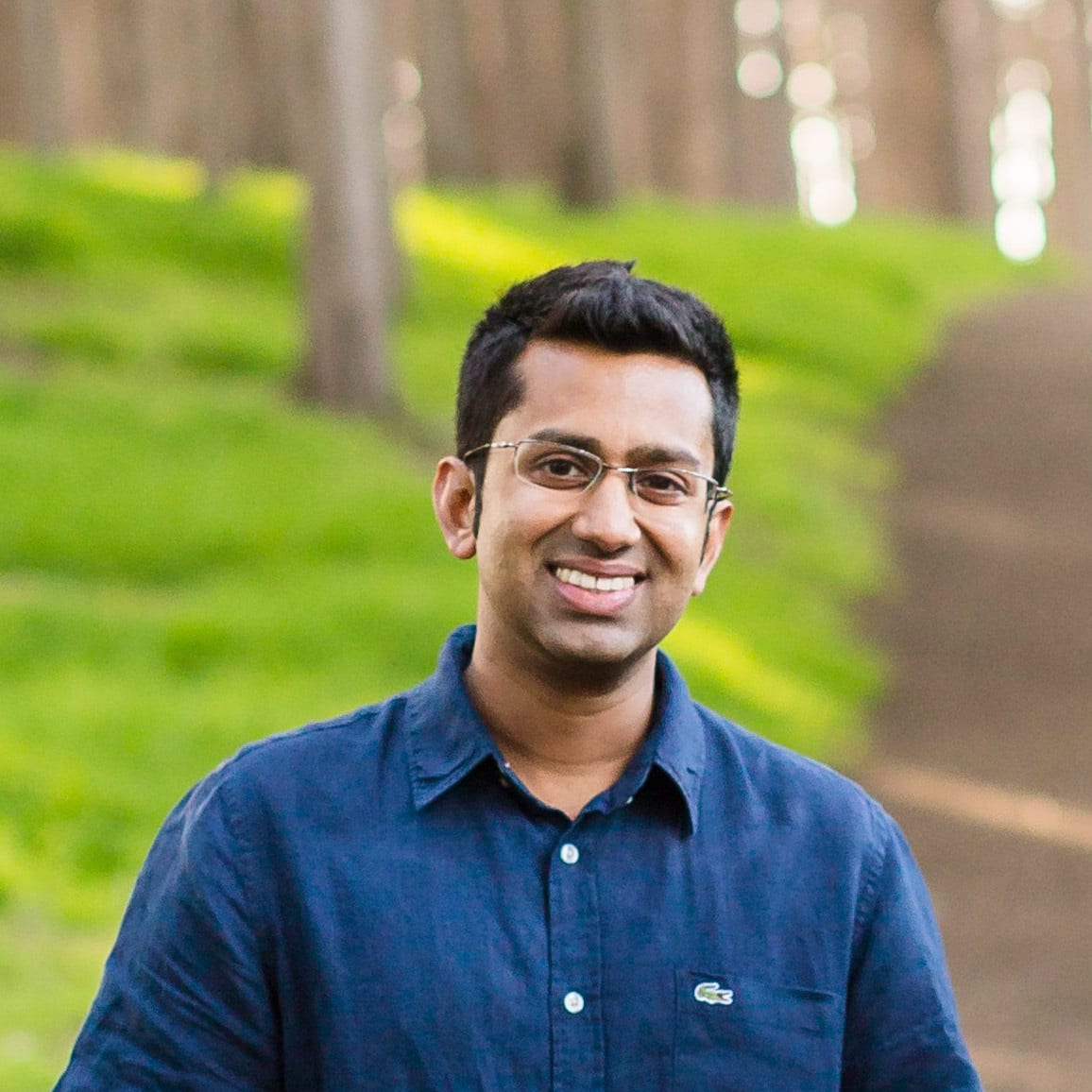This article originally appeared in the winter 2019 issue of Harker Magazine.
Siddarth Satish ’06 found his passion when he won his first debate round in high school. Satish, who later became captain of the debate team, treasured his time learning and growing with his classmates. He qualified and represented Harker at the national circuit debate’s Tournament of Champions. “I can picture his smiling, enthusiastic face with ease,” said Tony Silk, upper school mathematics department chair. “I recall him easily connecting with his classmates, jumping into group work and always ready to help a friend out.” After graduating from Harker, Satish’s educational and entrepreneurial journey led him to become the founder and CEO of Gauss Surgical.
Satish always wanted to be an engineer, so he applied to the University of California, Berkeley’s chemical engineering program, which was ranked No. 1 in the U.S. During his time at Berkeley, he worked on computer-aided molecular modeling and fluid dynamics research and had several articles published in journals by his senior year.
After he completed his undergraduate work, a professor convinced him to join a graduate program – the UCSF/UC Berkeley Joint Ph.D. Program in Bioengineering – that would allow him to explore his passion for fluid mechanics within a more applied context: medical technology. “It dawned on me that the work I was doing was unlikely to have an immediate impact in the real world. The prospect of designing medical devices, translating them to clinical use and concretely improving health outcomes was hugely enticing to me – it was real,” remembered Satish. “My graduate project was initially focused on robotic surgery but after spending a lot of time in operating rooms at Stanford, I realized that diagnosing surgical bleeding was an unsolved category, simply because the technology didn’t exist.”
This led Satish to develop a novel method of estimating hemoglobin mass from a photo of blood-soaked gauze. The algorithm could be delivered through a software on a camera-enabled mobile device – an iPhone app.
Of course, this was not a simple matter, but after developing a complex application of computer vision and machine learning algorithms and tackling the regulatory pathway for market access, Gauss Surgical was born.
Gauss has raised roughly $50 million in funding since its founding in 2011 and its app, Triton, is being used in more than 250,000 surgeries a year at medical centers including Mount Sinai Hospital, Duke University Medical Center and Northwestern Medicine. Satish is a named inventor on more than 50 issued or pending patents, was named to Forbes Magazine’s 30 Under 30 list and spoke at a TedMed conference.
Satish’s passion is ever-evolving from that first spark on the debate team. His passion was further ignited when he walked into an operating room in graduate school, when he negotiated his first round of funding for Gauss and when he made a presentation to the U.S. Food and Drug Administration.
“I’ve been fortunate to rediscover and redefine my passions over time through these formative experiences and to let them evolve,” said Satish, who was raised by two engineer-entrepreneurs from India, where he was born. He immigrated to the United States when he was 7 years old, and he and his sister, Anita ’10, are both Harker graduates. Another Harker graduate is Satish’s wife, Alisha Tolani ’06, who is a resident physician specializing in obstetrics/gynecology at Stanford.
“I’ve also re-discovered my passion for the water, and Alisha and I have been on hundreds of dives all over the planet,” said Satish. “It’s been a rewarding experience since you get to see the world with such a different perspective.”
Vikki Bowes-Mok is also the executive director of the community nonprofit Compass Collective
